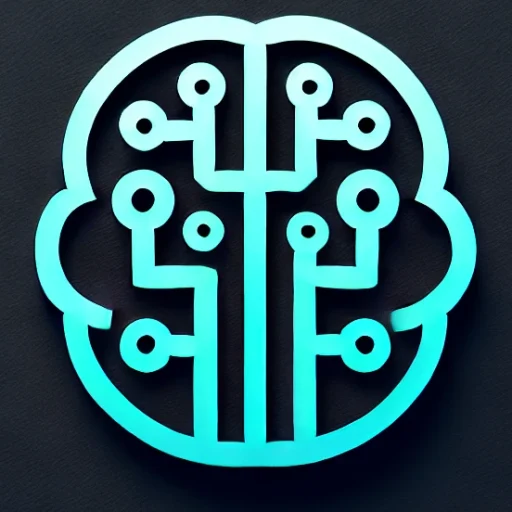
Introduction
Generative AI has rapidly become one of the most transformative areas in artificial intelligence, offering unprecedented capabilities in creating content, optimizing processes, and enabling new forms of human-machine interaction. From art and music to programming and design, generative AI is reshaping industries and setting new benchmarks for creativity and efficiency. This blog delves into the latest advancements in generative AI, its real-world applications, the challenges it presents, and its promising future.
Key Insights & Latest Advancements
Recent breakthroughs in generative AI, particularly in models like Generative Adversarial Networks (GANs) and transformer-based architectures, have significantly enhanced the ability of machines to generate human-like content. The development of models such as OpenAI’s GPT-4 and DALL-E has showcased remarkable improvements in natural language processing and image generation, respectively. These models are distinguished by their capability to produce text and images that are often indistinguishable from those created by humans, pushing the boundaries of what’s possible in digital creativity.
Real-World Applications
The impact of generative AI is far-reaching, with numerous applications across various sectors:
- Creative Industries: Artists and designers are leveraging AI to generate novel artworks, designs, and music, expanding their creative toolkit and exploring new artistic frontiers.
- Healthcare: In medicine, generative AI is being used to model complex biological processes, aid in drug discovery, and personalize treatment plans by simulating patient-specific scenarios.
- Business and Marketing: Companies are using AI to automate content creation, enhance marketing strategies, and deliver personalized customer experiences at scale.
- Education: AI-driven personalized learning environments are being developed, offering tailored educational content to meet individual learning styles and needs.
Challenges & Future Outlook
Despite its promises, generative AI also presents significant challenges. Issues such as the potential for misuse in creating deepfakes, ethical concerns about content authenticity, and the computational demands of running large models are pressing concerns that need to be addressed.
Moreover, questions around the ownership and copyright of AI-generated works continue to evolve, requiring clear regulatory frameworks. As the field progresses, balancing innovation with ethical standards will be crucial.
Looking ahead, the integration of generative AI into more areas of daily life seems inevitable. Continued advances are expected to lead to even more sophisticated systems, capable of understanding and generating content with greater accuracy and nuance. As AI becomes more entrenched in our everyday activities, its role as a co-creator and a tool for human augmentation is poised to grow significantly.
Conclusion
Generative AI stands at the forefront of technological innovation, offering transformative potential across a myriad of fields. While its capabilities bring exciting possibilities, they also necessitate careful consideration of ethical and practical challenges. As we navigate this rapidly evolving landscape, understanding and harnessing the potential of generative AI will be key to unlocking its full benefits while mitigating its risks. The future of AI is generative, and its journey is just beginning.

